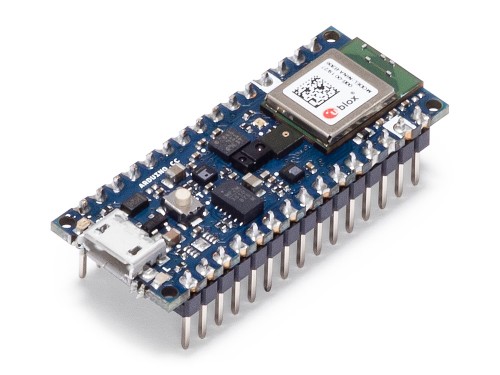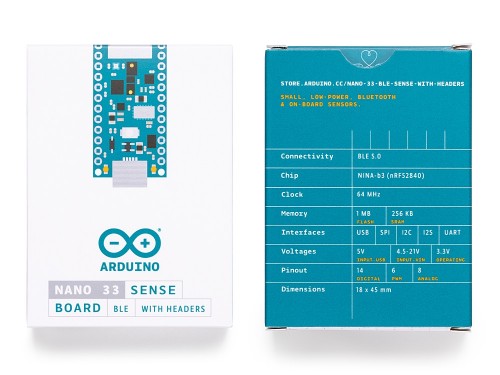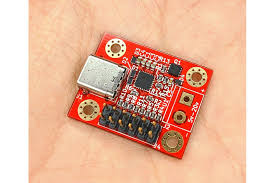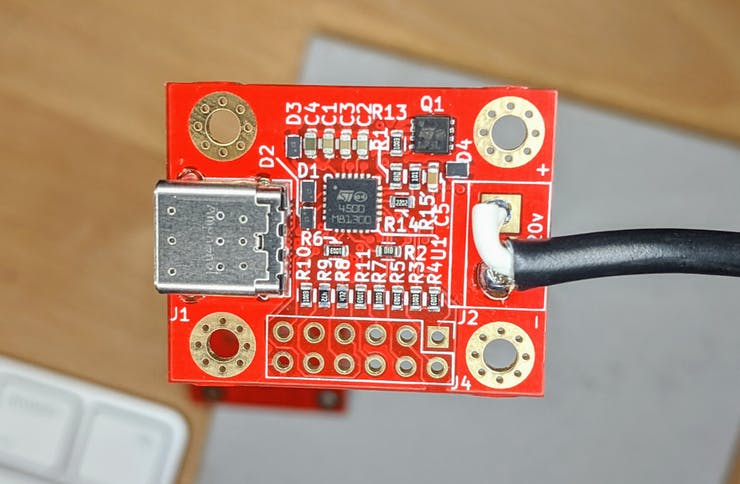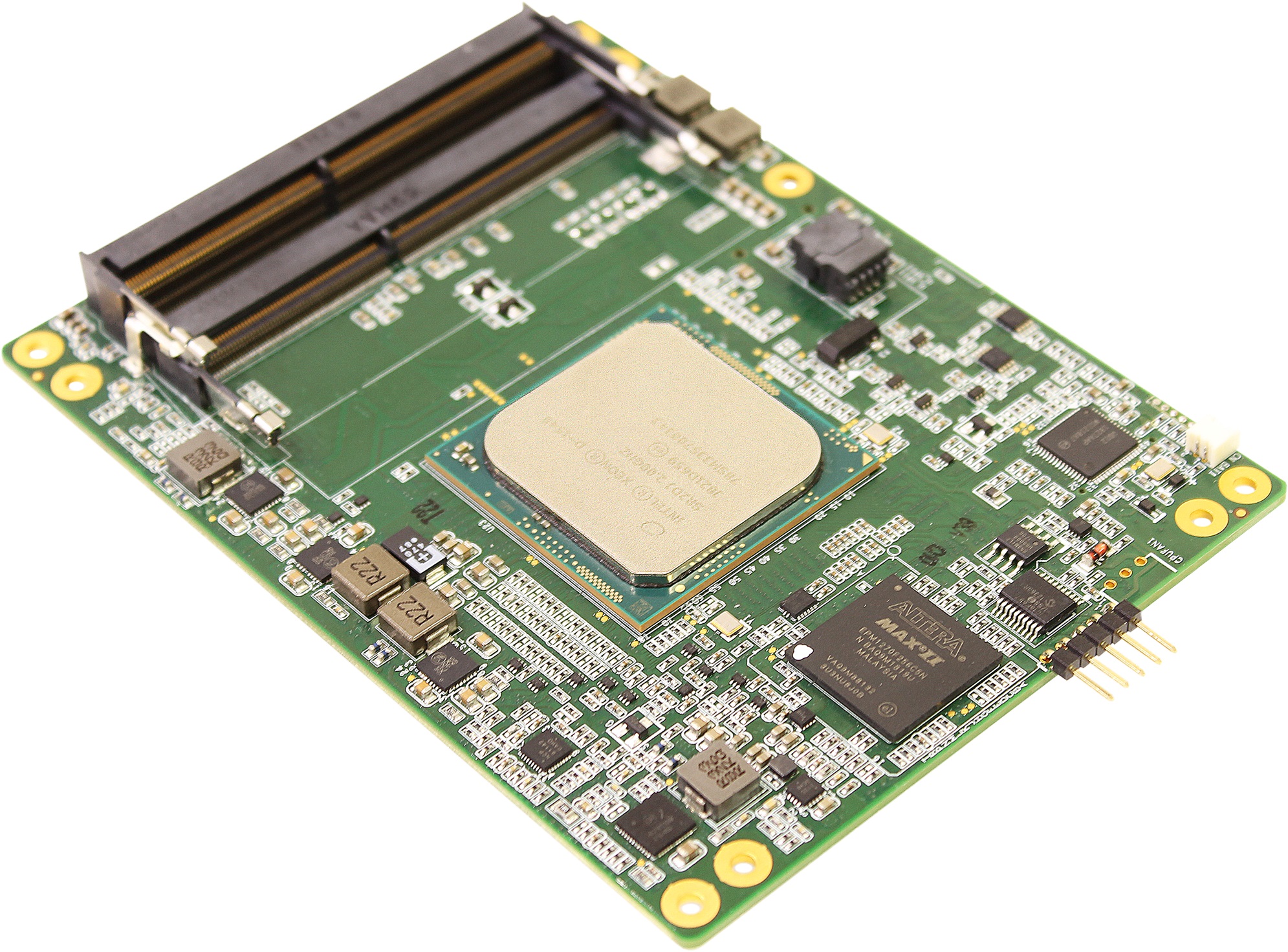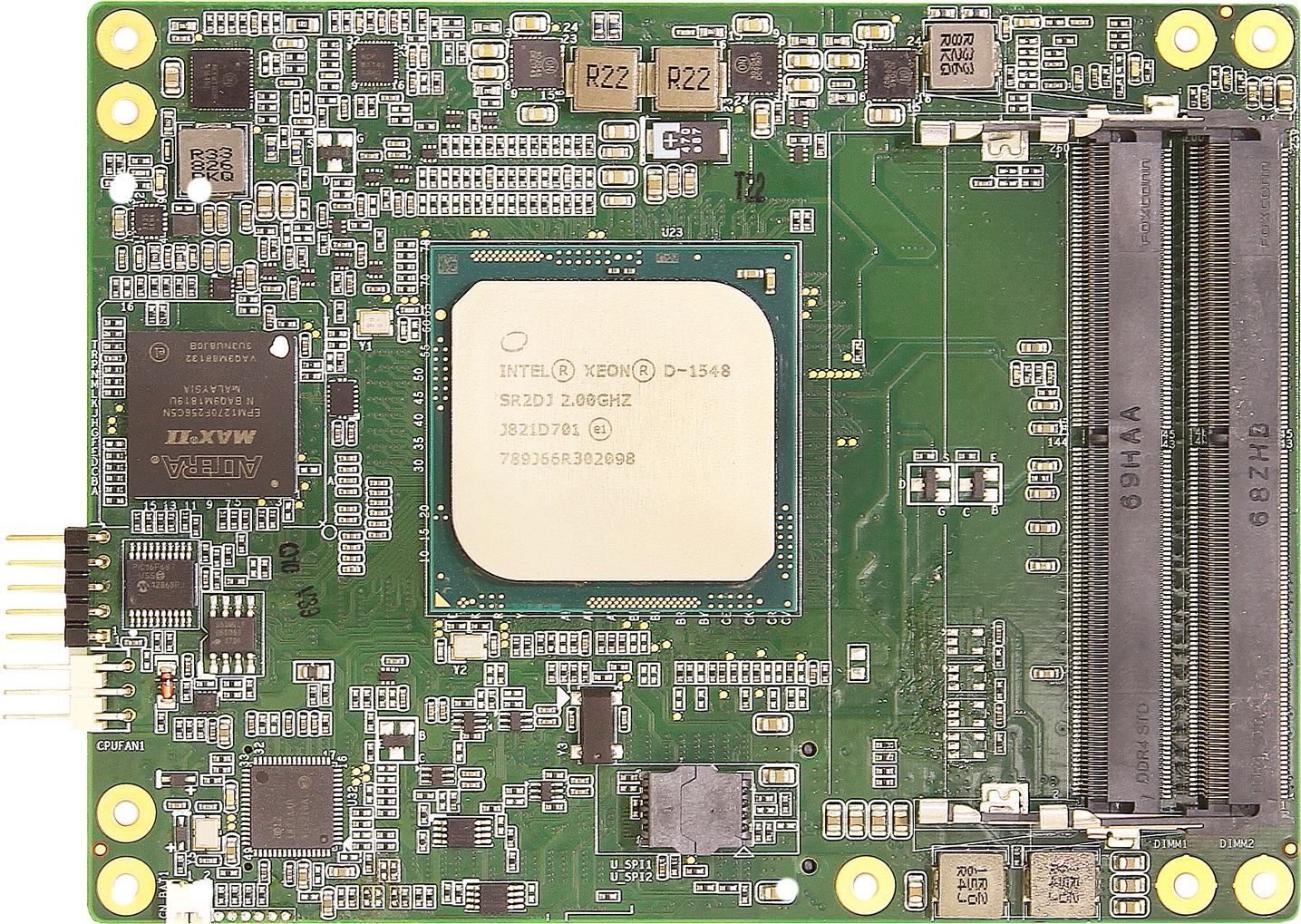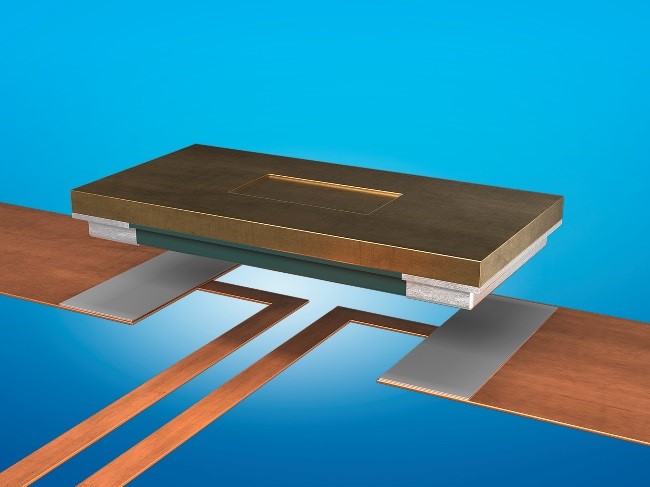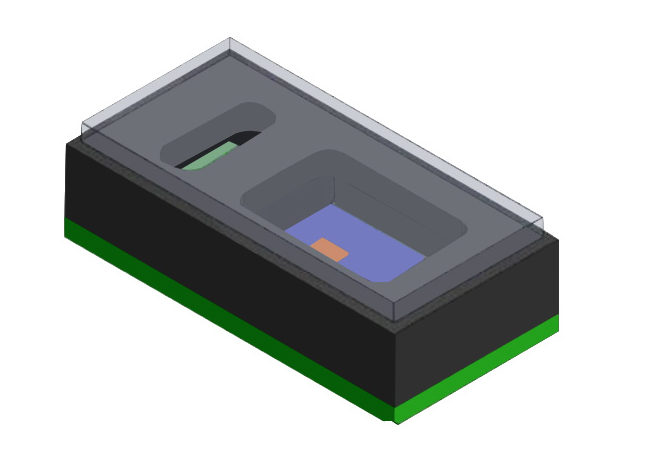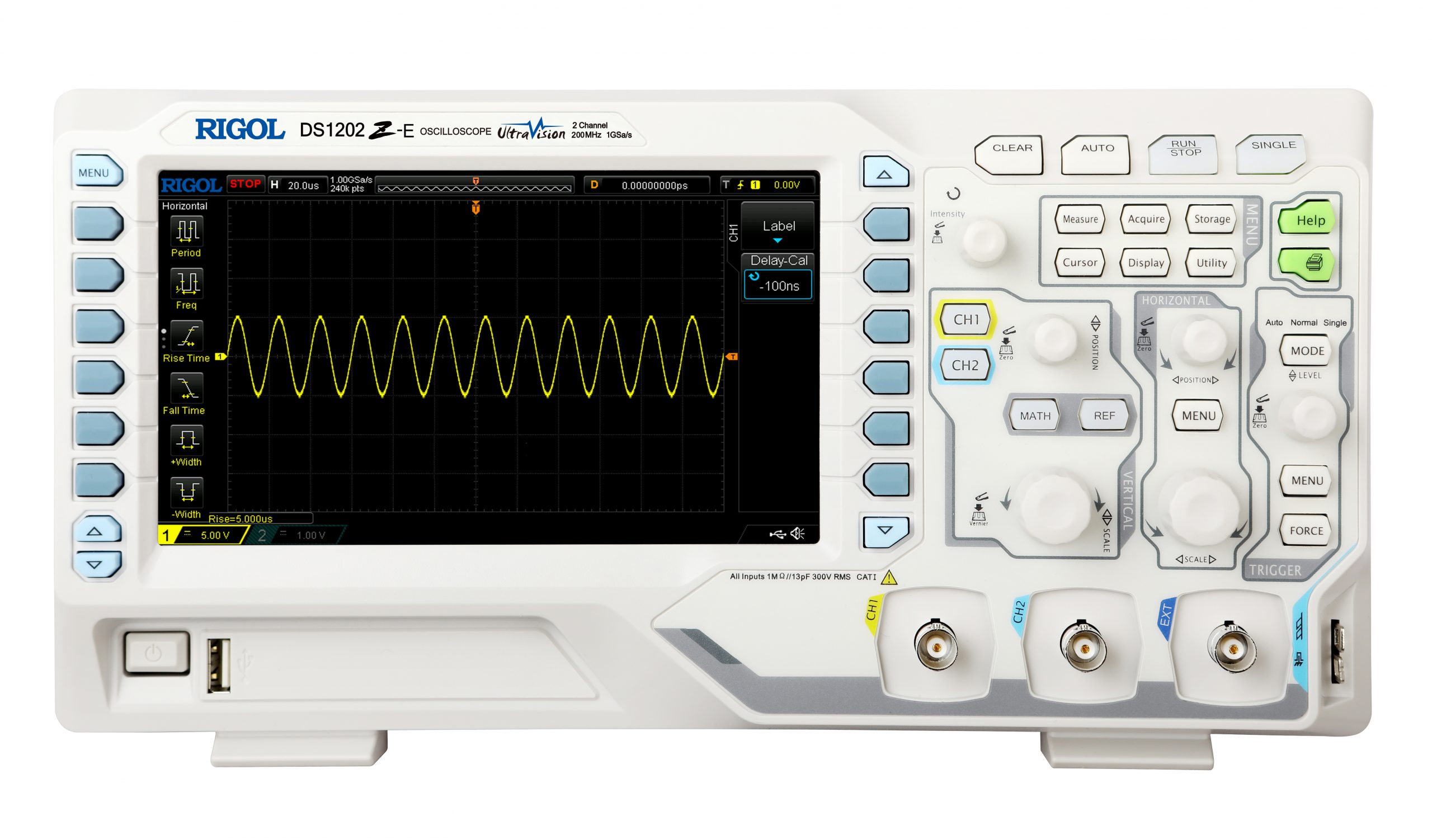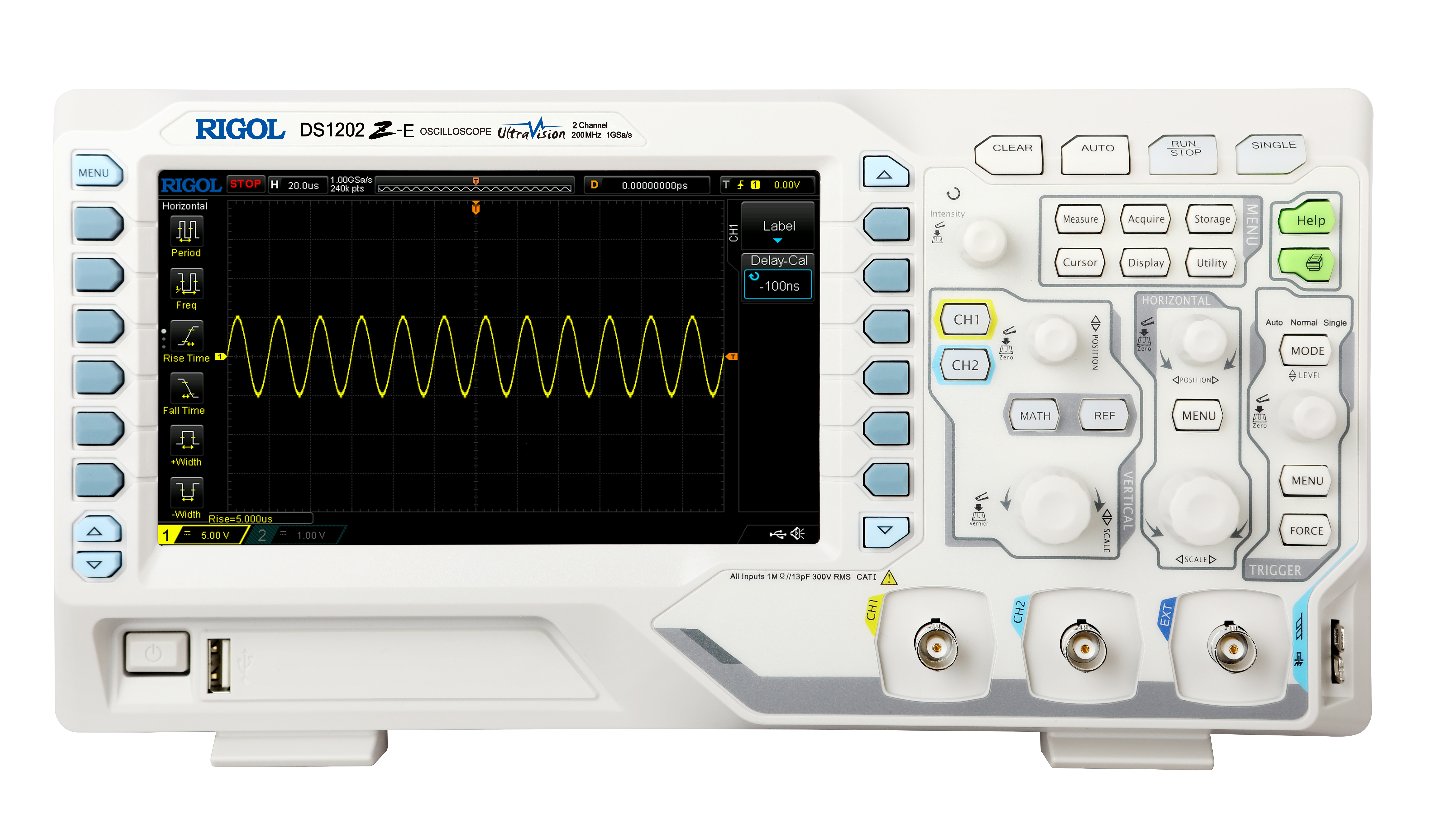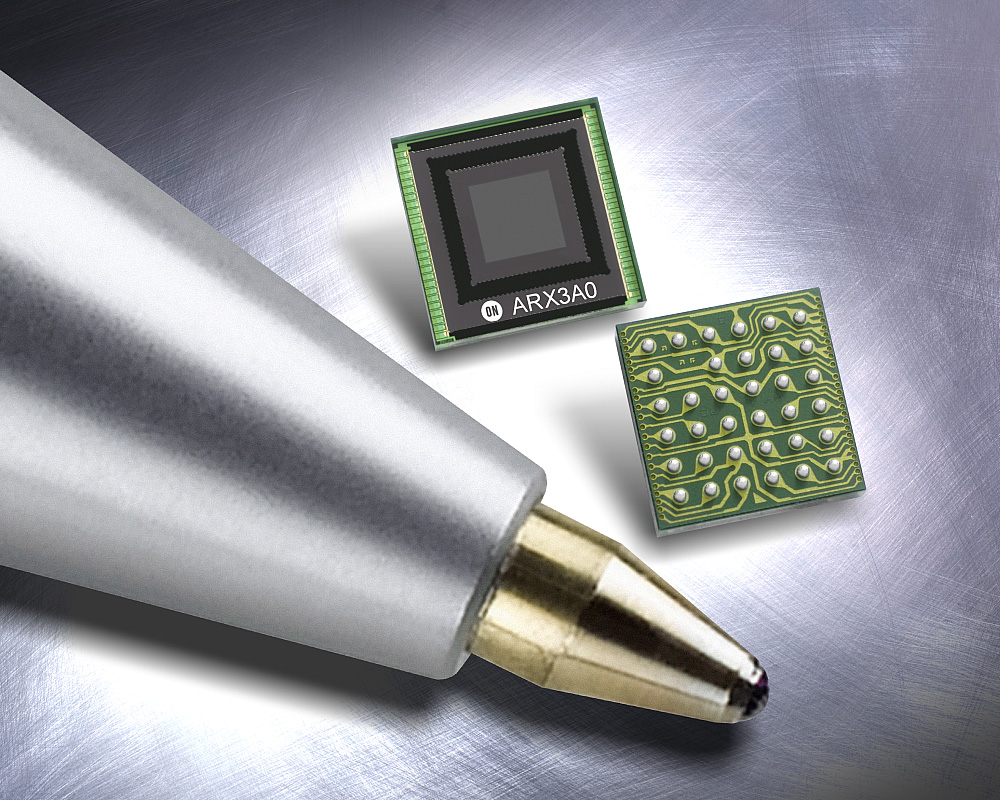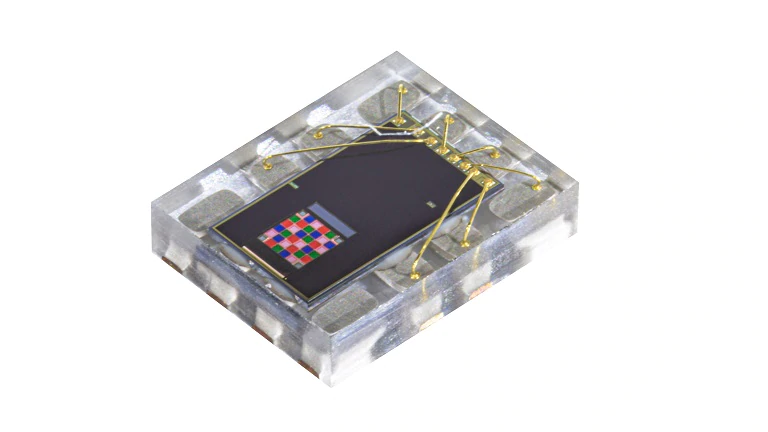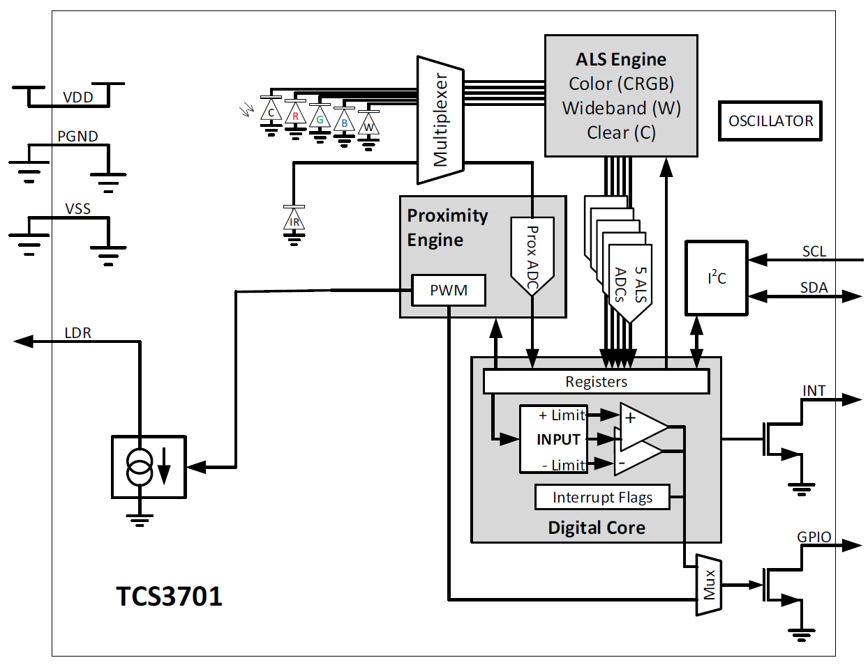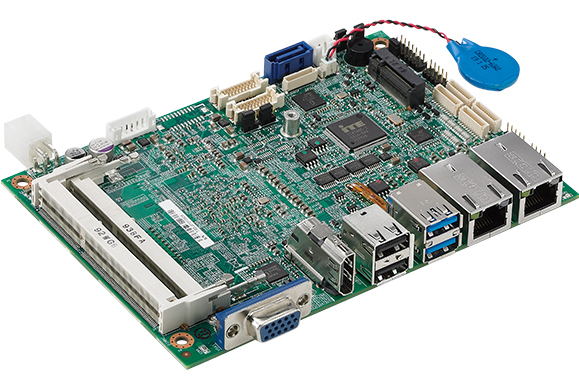
NEXCOM is thrilled to reintroduce the SBC EBC 357X series with a revamped design that withstands adverse temperatures and economizes space with its upside-down CPU. The boards save costs by utilizing world-class Intel Atom® E39xx processors, which function as beautifully as i3s without sacrificing speed. Intended for those that desire simple and compact HMIs, the EBC 357X series is suitable for a variety of uses, such as industrial automation, building management systems, outdoor retail, and public infrastructure.
Industrial and outdoor environments are subject to unpredictable and variable temperatures, requiring versatile and durable equipment. Wide-temperature embedded systems endure rigorous testing to ensure responsiveness regardless of operational conditions. The attractiveness of the EBC 357X series is that our systems consume low power while operating at a greater range of temperatures than competitors (-20°C~60°C fanless, -20°C~70°C with fan), making it a value-driven choice for disparate environments, including traffic control units, bus stop displays, machine vision systems, and industrial panel PCs.
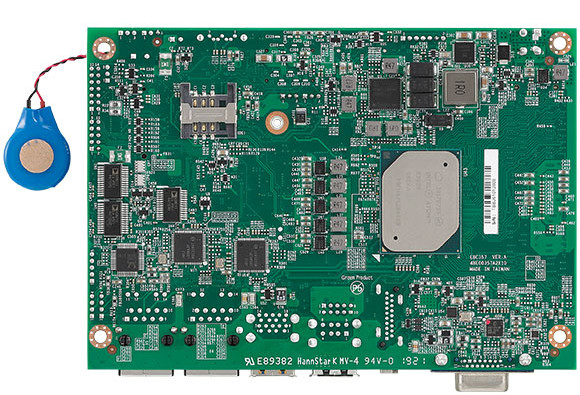
The carefully selected Intel Atom® processors use low-power architecture to support immersive graphics and media. Capitalizing on these abilities, the EBC 357X series includes three different display outputs, allowing flexibility of presentation without sacrificing visual power. Up to 16GB of dual DDR3L/SO-DIMM memory also assists with quicker Ultra HD 4k video display while allowing simultaneous operation of multiple applications, which can be embedded. The SBCs are beneficial in controlling and monitoring manufacturing equipment as well as providing real-time information for transportation facilities.
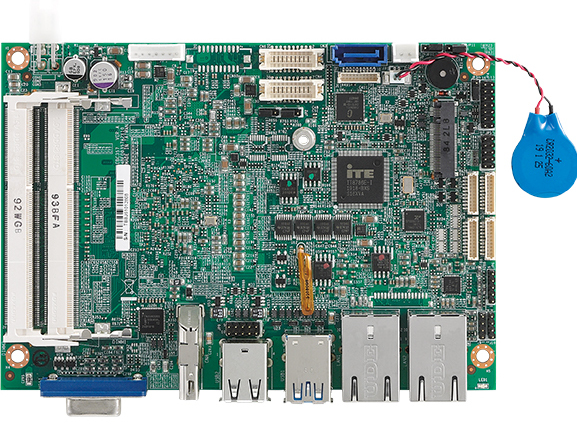
NEXCOM has moved all I/O components to the top side of the EBC 357X series, creating a compact and thinner design that avoids the need for cooling fans, perfect for HMI panels and battery-powered portable devices. The EBC 357X is the solution for those that desire a small yet powerful 3.5” computer, complete with two ports for M.2 B key and SATA storage, an expansion slot that supports both PCIe and SATA interfaces, and 2 x USB 3.0 slots for faster speeds, complemented by 4 x USB 2.0 slots for extra needs.
Main Features
- Onboard Intel Atom® processor E39xx processor family
- CPU upside down design
- 2 x 204-pin SO-DIMM DDR3L
- Triplex display: HDMI/VGA/LVDS
- 1 x M.2 (2242) B key
- 2 x Intel® i210-IT PCI express Gigabit Ethernet
- 1 x SATA 2.0
- 2 x USB 3.0, 4 x USB 2.0, 4-in/4-out GPIO, Mic-in, Speak-out
- Serial port: 1 x RS232, 1 x RS232/422/485 port
- Support AT/ATX mode and single +12VDC input
Ordering Information
EBC 357X-E3950 (P/N: 10E00035700X0) RoHS Compliant
Low power embedded board with Intel Atom® processor E3950 and extended -40˚C~85˚C, with HDMI/VGA/LVDS, 2 x USB 3.0, 4 x USB 2.0, 2 x COMs, 1 x M.2 B key, 2 x Gigabit LAN, 1 x SATA
EBC 357X-E3930 (P/N: 10E00035701X0) RoHS Compliant
Low power embedded board with Intel Atom® processor E3930 and extended -40˚C~85˚C, with HDMI/VGA/LVDS, 2 x USB 3.0, 4 x USB 2.0, 2 x COMs, 1 x M.2 B key, 2 x Gigabit LAN, 1 x SATA
The revised EBC 357X appears to be available now at an undisclosed price. More information may be found in Nexcom’s announcement and product page.


